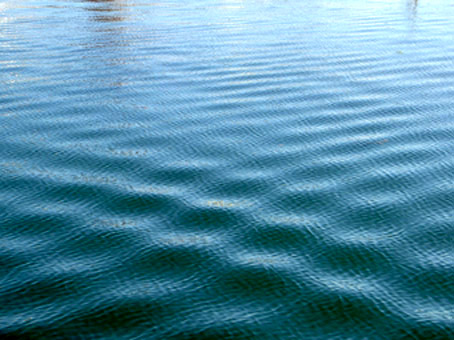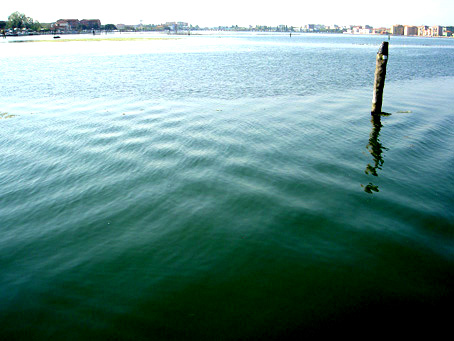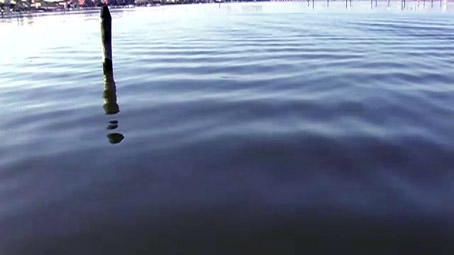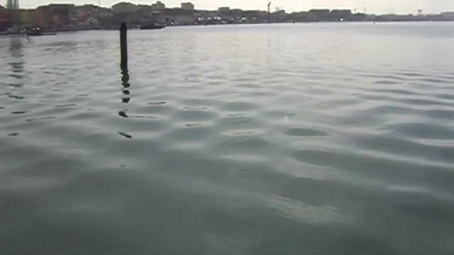
Perception problems with the ordinary water figures.
Usually, we do not pay attention to the water figures; we pass by without perceiving them. With the exception for the persons, who already have had the chance to know of their existence, and got accustomed to see them. At least, as far as the “ordinary water figures” are concerned.
If not necessary, they do not catch our attention.
It is possible that the ordinary water figures are not perceived when there is no need to see them. I perceived them, probably because I needed to.
The water figures are objects that may be ignored, without loss or damage. On top of that, they found themselves in competition with other objects, more relevant in our daily life. So, they do not catch our attention, a limited resource, being limited the time we have.
Exercising the mind to see them.
In order to perceive most part of the ordinary water figures, one has just to know of their existence, and then to get accustomed to them, until they become commonplace. Examples of water figures easy to be perceived are presented at the end of page 2.3.5.
========================================================
Perception problems with the density waves.
Some of the water figures defy our way of reasoning; they may be perceived only by means of photos or films
Perception of the water figures extra.
There are also some peculiar water figures, the density waves, which would defy our common sense. When seen in the context (being there, at the same time, with all your senses open), they are not perceived correctly.
Most of the times, our mind does not accept to see unusual objects, considered unlikely.
Observation possible if some information is subtracted.
Accepting to see a strange phenomenon, of which we know nothing, seems easier if its observation paradoxically takes place with less information, indirectly, out of the context.
Thanks to photos, movies, monitors - thus with less information - our perception becomes less reticent, less restrictive.
Such a way, the threshold of non-perception appears to get lower. Though not by the same manner and mesure for everybody; it depends on the individual mind, and on the level it has been educated to accept to see such phenomena.
With less pieces of information, the oberved reality will be partial. Though, otherwise, the interpretation would be deviated unto a known category. In this case, unto the object known as “wave”.
On the density waves.
For instance, the water figures may take the shapes of protuberances, which can easily be perceived.


